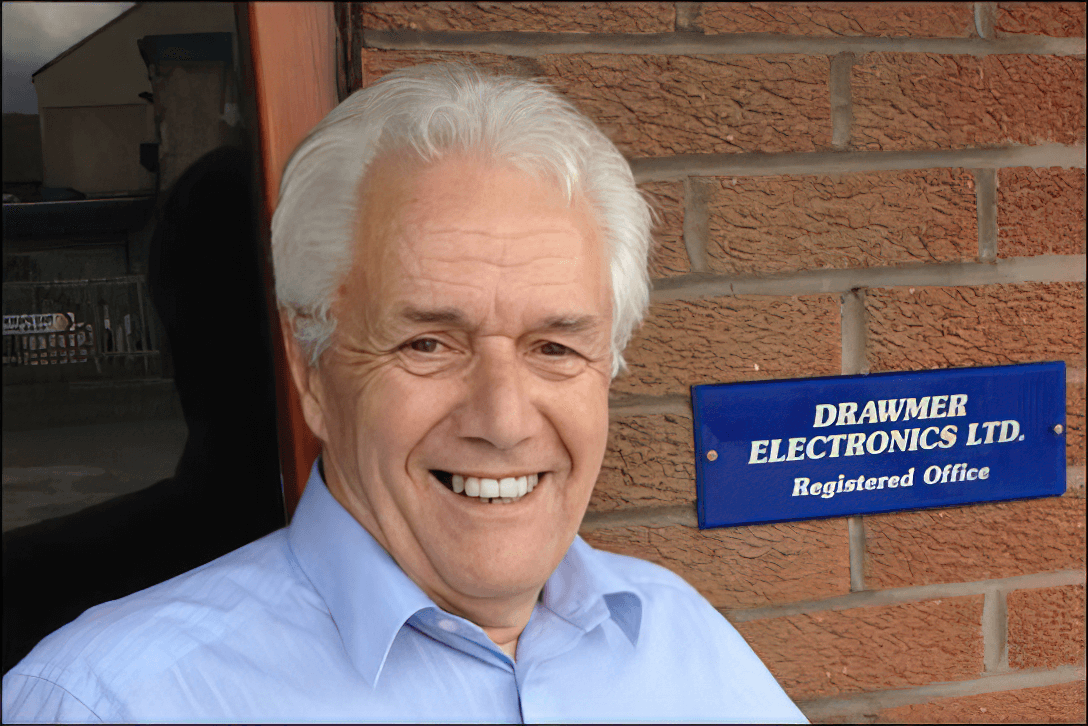You may not realise it but you have been listening to Drawmer for over 40 years, almost every time you turn on the radio, watch t.v. or go to a gig.
Drawmer Electronics was founded by Ivor Drawmer with the introduction of the DS201 noise gate in 1982 and our products have consistently remained the unequivocal choice of producers, engineers and artist’s ever since, and, as such, have been installed in almost every major recording studio, live venue and broadcast facility throughout the world.
Designed & Built in the United Kingdom
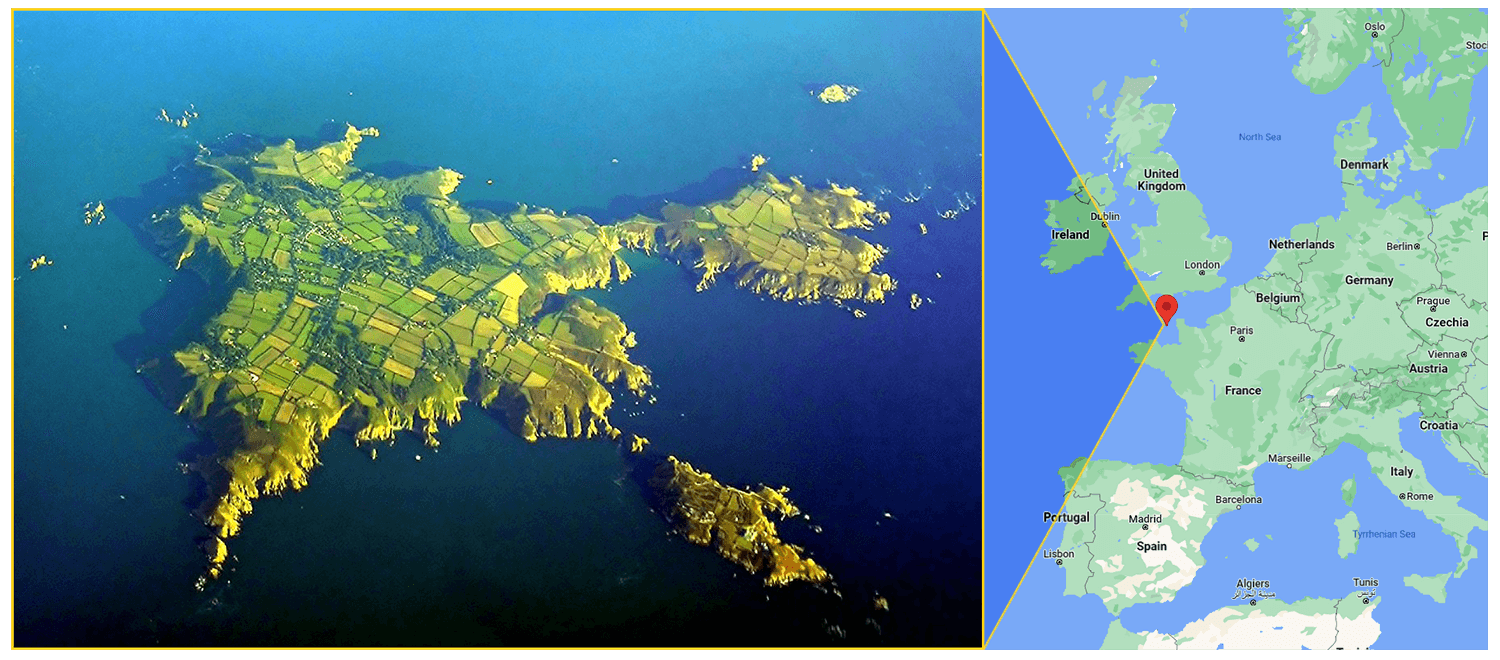
Humble Beginnings
Ivor Drawmer was born and raised on Sark, a small island in the Channel Islands archipelago, where life steps back in time: to this day, cars are prohibited (other than farm vehicles), there is no lighting on the unpaved roads and the only 'bus' is a tractor with a trailer for the passengers. It is hard to imagine that these humble beginnings would be the origin of one of the most celebrated and enduring pro audio manufacturing companies in the world.
Ivor the Musician
Ivor Drawmer harboured two passions: electronics and music. He was a self-taught pianist and built his first keyboard from parts acquired from wherever he could find them after discovering a tutorial in a magazine. He travelled to gigs on the nearby island of Guernsey and saw how the crowd reacted to the band and thought "I want some of that". He joined a band, with his handmade keyboard in tow, and to ensure that the 'show would go on' would carry a soldering iron on stage with him. Whilst playing keyboards in bands Ivor honed his electronics engineering skills at a test equipment company on Sark. However, the call of a more exciting life was hard to resist and Ivor moved to England in the 1960's.
Ivor soon found himself playing keyboards in a number of bands, earning a decent wage, seeing a possible future as a star. He bought himself a hammond organ, at that time the same price as a small house, though it was incredibly heavy to transport to gigs, so, in true Ivor Drawmer style, took a saw to it and cut it straight down the middle, to reassemble at gigs. He would find himself playing in bands on the club circuit of the North of England, touring German army bases and also recording sessions for the BBC and at Abbey Road Studios, in bands such as The Wolves, News, New Jersey Turnpike and Bitter Suite.
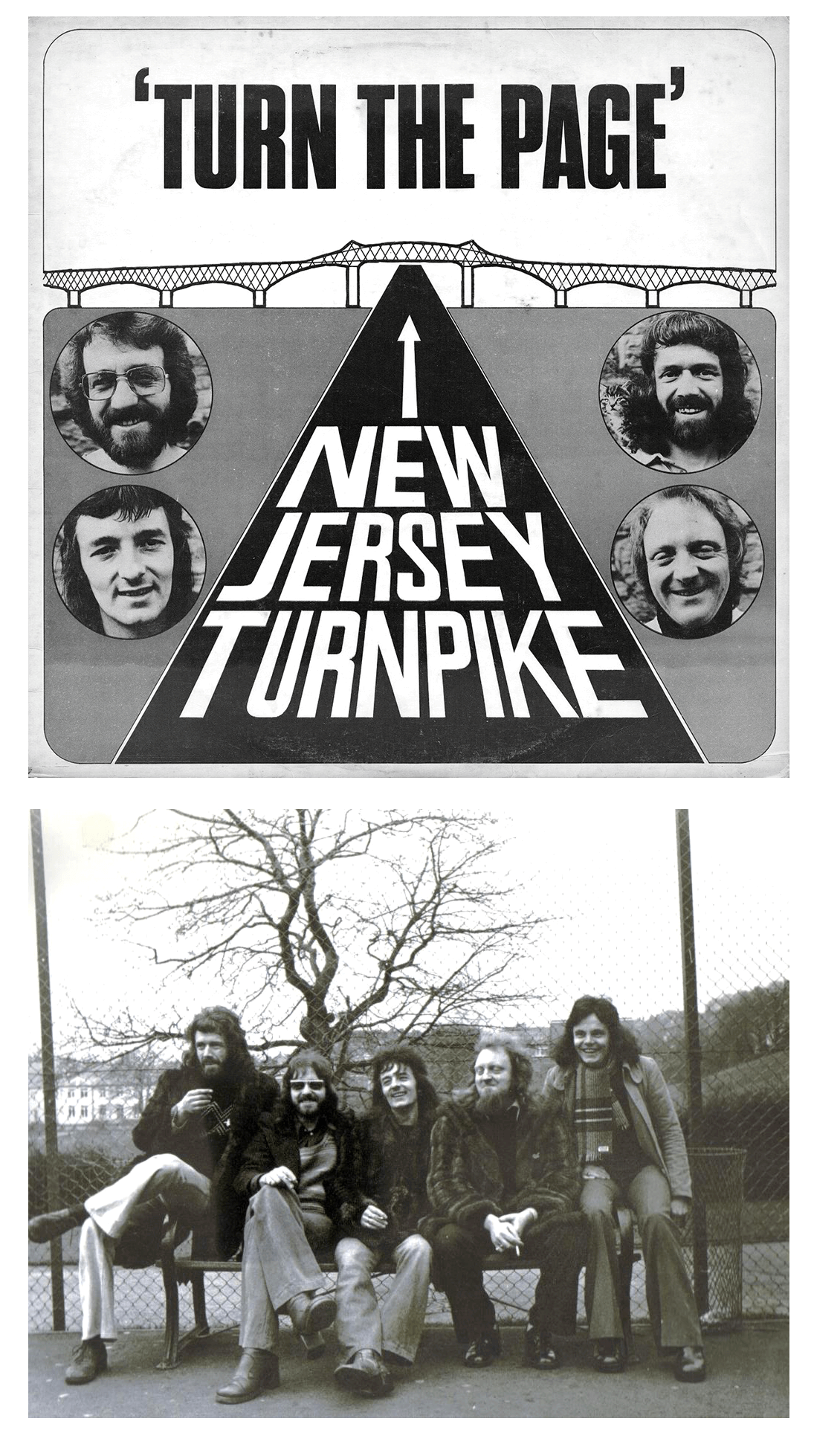
Below you can listen to the New Jersey Turnpike's cover of Dreamer by Supertramp, with Ivor on keyboard and backing vocals.
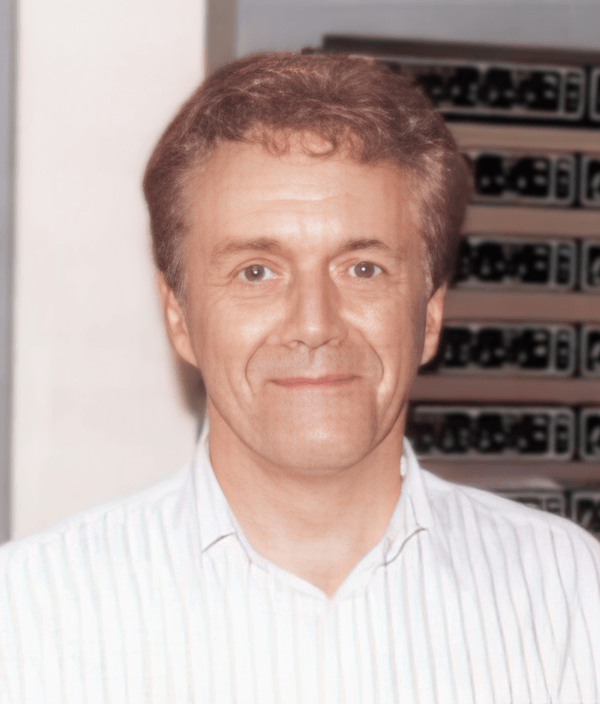
The Inception of Drawmer Electronics Ltd
However, the passion for designing audio circuits never left him. "The whole thing started in 1981," said Ivor. "I had been playing keyboards with bands in Yorkshire, but that wasn't going so well and also I wasn’t getting any younger. With the encouragement of friends, I built a small batch of stereo delay lines, which I called the Multitracker, and that was the start of Drawmer." A year later, Drawmer Electronics was officially founded with the introduction of the DS201 Dual Noise Gate in 1982.
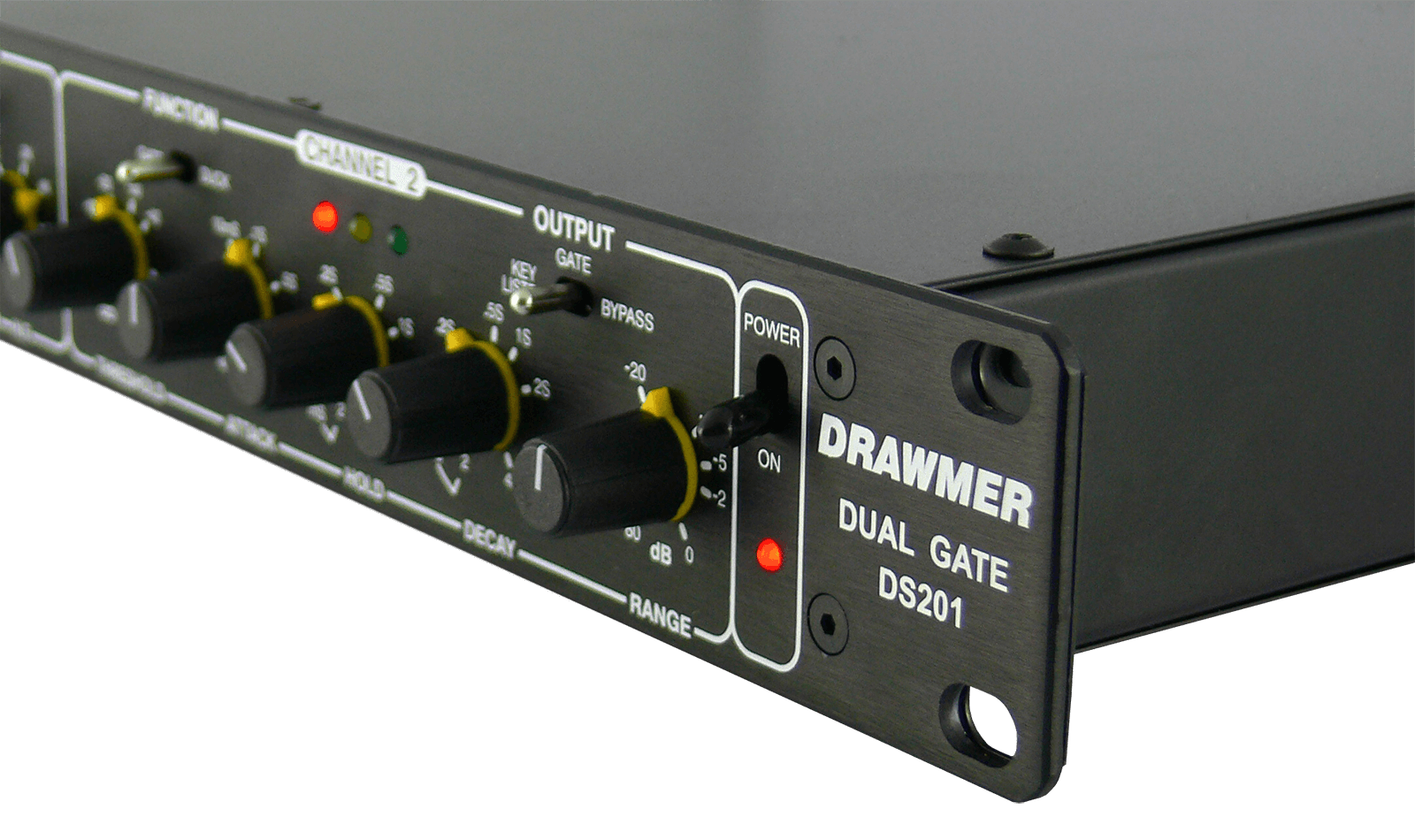
Ivor was in a recording studio, waiting to play his keyboard overdub, while a frustrated recording engineer fought unsuccessfully with the limitations of his equipment. Still trying to get the sound right on the drum kit, the engineer had gated the toms. In those days, gates were crude, on/off devices, and every time the drummer hit the crash, the tom mics opened and fairly vomited an unpleasant gnashing sound. Drawmer told the engineer that he could solve his problem and returned the next day with a primitive-looking circuit board that had two jacks hanging off it. The engineer put it in line, and Drawmer adjusted one of the pots that dangled from its wiry frame. To the engineer's amazement, even the softest tom hit opened the gate, while the loudest cymbal crash did nothing. What Ivor had designed was the world's first frequency-conscious gate. By forcing the key to listen only to low frequencies, of which toms have plenty and crashes have almost none, the gate became a much more sensitive tool. That design ultimately became the Drawmer DS201.
The DS201 transformed the gate into a powerful creative tool, playing a significant role in modern music production. "It was the kind of unit that people discovered uses for and it immediately enabled engineers to do the things they’d always dreamed of with minimum fuss," Drawmer explained. The dual-channel DS201 remains in production today, a testament to Ivor Drawmer’s genius.
1960
In the early 1980s, high-end studios were rediscovering the beautiful sounds of Pultec and Fairchild outboard equipment. Ivor saw the value in that sound but realised that vastly more stable designs were necessary than this old gear. At the same time, no one was offering a single input channel. If all you wanted to do was record two microphones, you had to bring them into a mixing board! Ivor recognised a need for an excellent-sounding, stand-alone input processor that captured the beauty of the Pultec and Fairchild units. And thus, in 1984, the Drawmer 1960 was born, named in honour of the sound it embodied. A Mic Preamp / Vacuum Tube Compressor / D.I. unit, which combines two high-performance mic preamps, two "soft knee" tube compressors and an instrument preamp with EQ, with its eight active tube stages providing two high-quality signal paths for a distinctive sound, the 1960 is an analogue front-end that everyone from Paul McCartney, Eric Clapton, Madonna, Sheryl Crow, Stevie Wonder, Bryan Adams to Lady Gaga has tracked with, along with thousands of artists around the world.

These same processes have fuelled Drawmer's innovations ever since. Unsatisfied with merely copying a competitor's product and rebranding it at a cheaper price, a Drawmer product will always have something unique about it, a different slant to it or an added feature that makes the unit more useful for the engineer. The term "Drawmerism" was coined by our sales team to describe the multitude of features and innovations that are unique to the Drawmer brand. Every Drawmerism starts as a sound engineering problem, either that someone on the R&D staff has encountered, that someone has read about, or that customers have related.
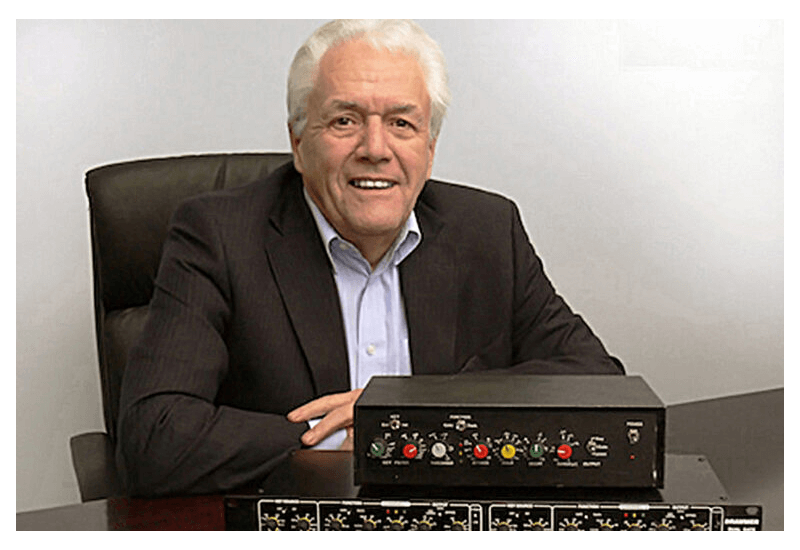 "The inspirations for my designs evolve," Ivor once explained. "I try to come up with a different angle on things. For example, when I heard people complaining that any time they compressed a track with a lot of low end, the high end ducked out. It took some doing, but I engineered a solution. The DL251 was every bit as musical and functional as an ordinary compressor, but by treating different frequency bands separately, it worked elegantly around that problem." It is this ethos that we, as a company, hope to continue in Ivor's absence.
"The inspirations for my designs evolve," Ivor once explained. "I try to come up with a different angle on things. For example, when I heard people complaining that any time they compressed a track with a lot of low end, the high end ducked out. It took some doing, but I engineered a solution. The DL251 was every bit as musical and functional as an ordinary compressor, but by treating different frequency bands separately, it worked elegantly around that problem." It is this ethos that we, as a company, hope to continue in Ivor's absence.
The long list of Drawmerisms goes on. Drawmer was the first company to incorporate program adaptive gating, capable of analysing the dynamic content of the incoming signal and constantly optimising the 'attack', 'hold', 'ratio' and 'release' parameters thereby creating a much smoother gating action than previously available, as found on the DL241 Auto Compressor released in 1990 and the DS404 Quad Noise Gate released in 1991. Also developed in 1989 was a new limiter circuitry which performed 'Zero Overshoot', 'Zero Response Time' transparent limiting, used in the DL241 Auto Compressor and later the DL441 Quad Auto Compressor Limiter.
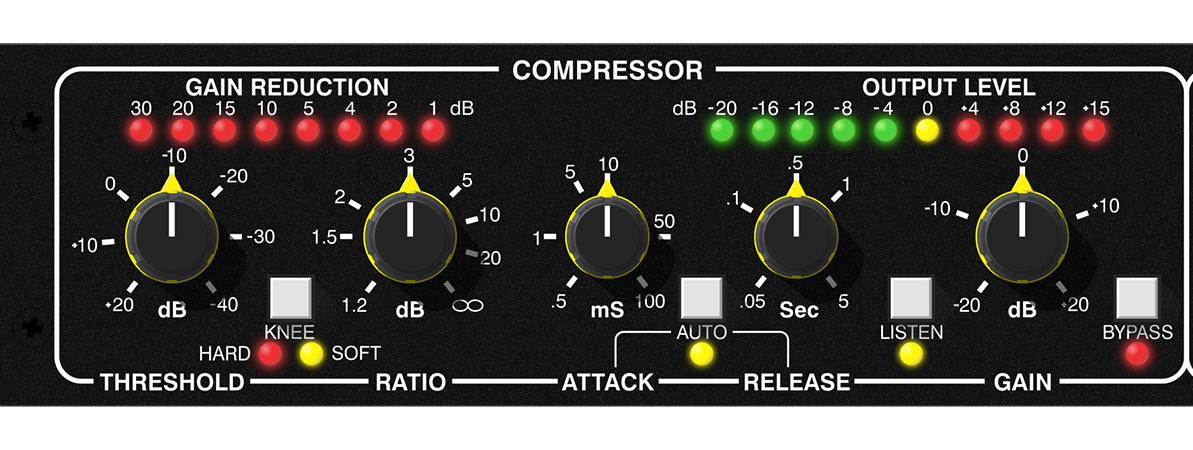
DL251
In 1992, Drawmer took the innovative step of incorporating their newly developed 'Dynamics Spectral Enhancement' circuitry into a high-quality compressor/limiter, which enabled the user to dynamically boost any high-frequency energy lost during the full-band compression process. The resulting product, the DL251 Spectral Compressor was enthusiastically received by the mastering, broadcast and studio industries.
Tubes
With the new series of compressors becoming established amongst professional users Drawmer decided to expand its range of tube products and, in 1994, released the 1961 Vacuum Tube Equaliser. An interesting design feature was the inclusion of a variable input level control on each of the two channels. This design approach allows the user to control the amount of 'warmth' by deciding how hard to drive the tubes, giving a sound as 'clean' as the best discrete solid state designs or as 'hot' as the 'hottest' vintage tube models. Soon after the 1962 Dual Channel Vacuum Tube Preamp and ever popular 1968 Dual Channel Tube Compressor were introduced.
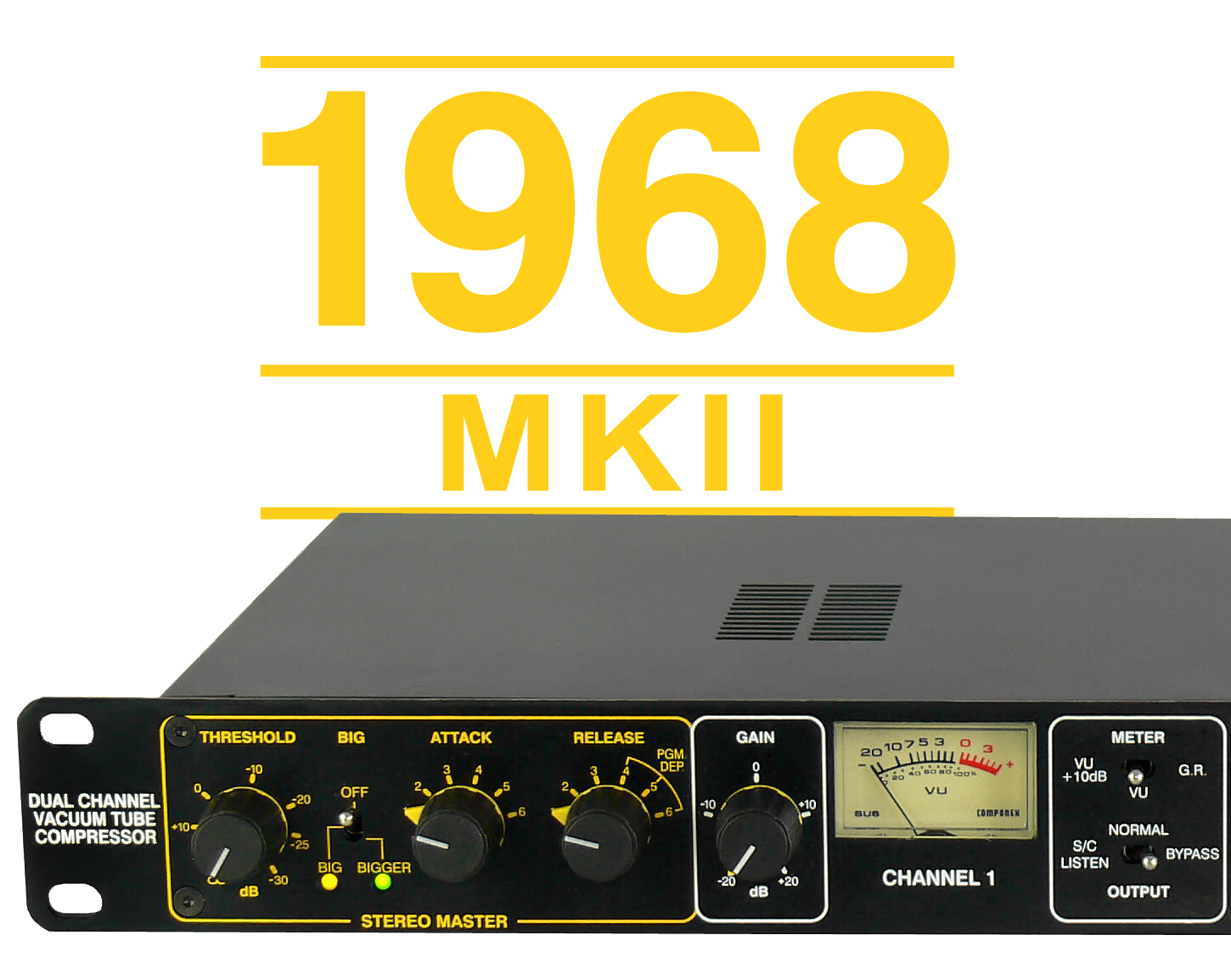
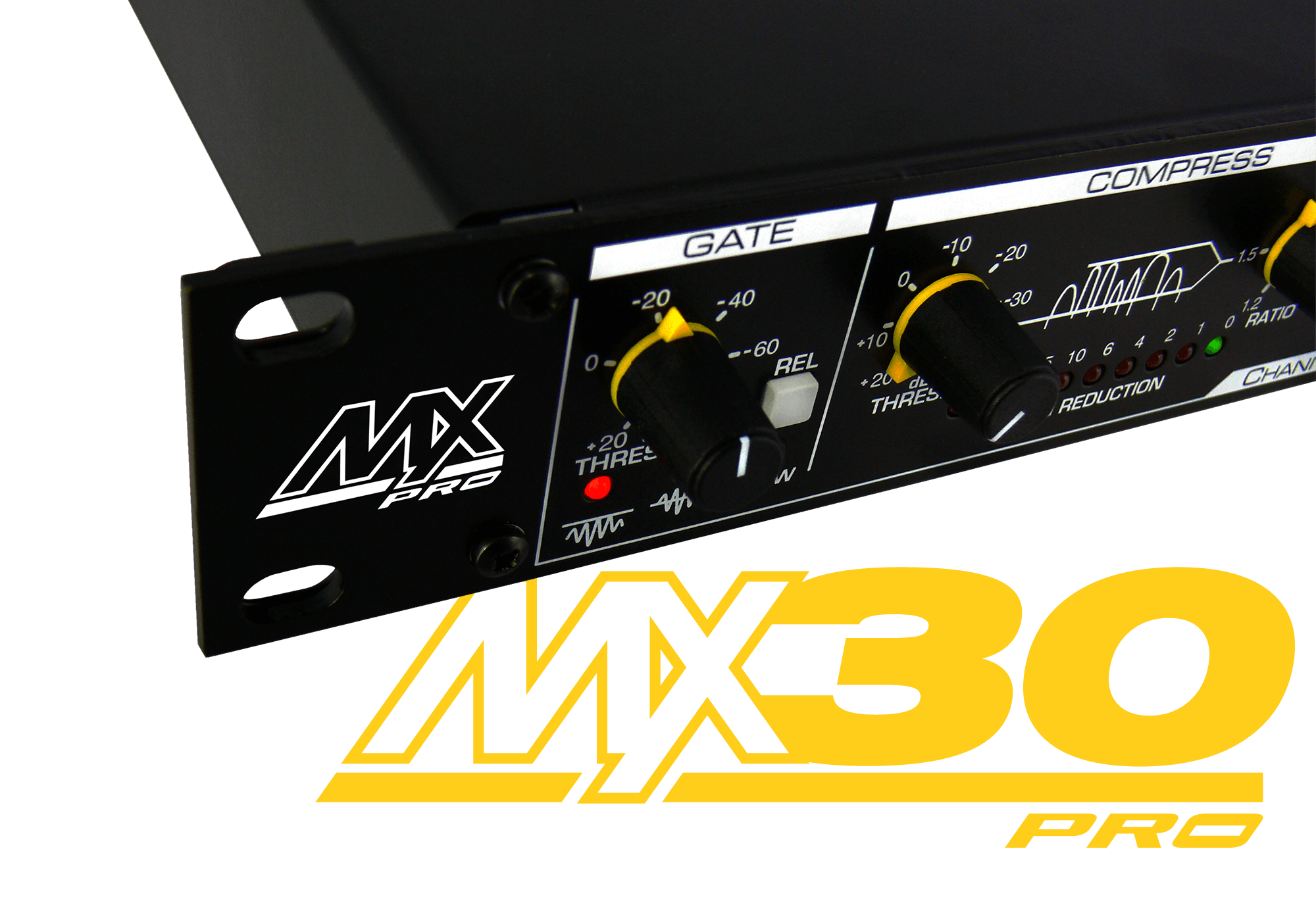
MX Pro Range
Drawing on the many years of experience, Ivor and the Drawmer team next developed a series of lower-cost Drawmer dynamic signal processors, the MX Pro range, which incorporated many of the innovations found in high-end gear into products that were aimed at musicians, project studios and live performers who work to a tighter budget but are determined not to compromise on quality.
Digital
Ivor Drawmer was among the pioneers who sought to inject life into digital audio in the 1990s. "When digital gear first became available, the complaints were quick to follow," commented Ivor. "They said, 'Yes, it's fine, but it all sounds the same - sterile.' I started playing with little programmes to emulate analogue circuitry - little code that charged up, simulated capacitors, etc. I saw that it worked, but to make it better we actually had to engineer in pleasing imperfections. That's where the art lies. It's easy enough to design a digital compressor, but if you want it to sound good, then you need to do something more. You need to be less mathematical and more practical."
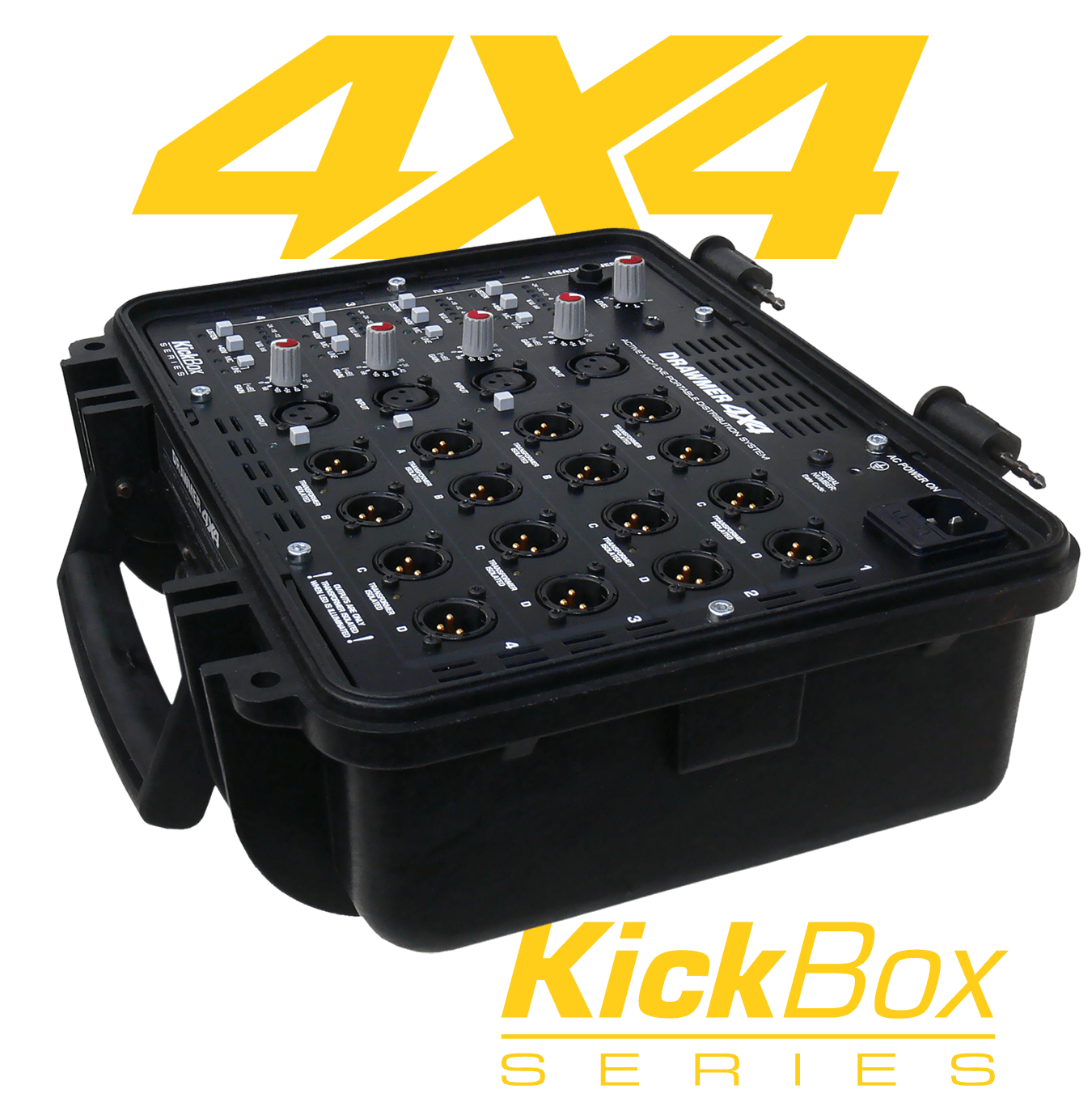
Kickbox
As we headed into the 21st century, the innovations continued with Ivor and the Drawmer team developing the active splitter designs in the form of the 4X4R Rackmount Splitter and the 4X4 Kickbox Portable Splitter, both of which have 4 active mic inputs and a total of 16 outputs that can be routed in various ways to suit their requirements, the 4X4 Kickbox being portable, waterproof and dustproof also.
Protection
Drawmer continued to listen to their customer base, who were encountered problems of noise control in nightclubs, pubs, theatres and also for radio dj's and audio engineers. The problem was that in order to comply with Noise at Work regulations many times these environments had switches that would turn off the power should noise levels be exceeded. Ivor felt this to be too crude by far. His solution: to prevent the audio from getting to these levels in the first place, but in a way that the users and customers would not notice. And so the SL22 Sound Level Limiter and SP2120 Speaker Protector came to be.
Monitor Controllers
With the increase in the number of audio engineers producing music in DAW's in ever smaller, and even home studios came a new challenge: monitor controllers were either accurate but very expensive or inexpensive but at the cost of inferior sound reproduction. Ivor felt the absolute most important consideration when it comes to monitor control is that of reproduction and transparency of the highest quality and that Drawmer could produce a product that would achieve this at a price that consumers could afford, and so began Drawmer's move into the monitor control market with the MC2.1. A huge hit, it was soon followed in the range by others such as the CMC2, MC3.1 and MC7.1 to name a few.
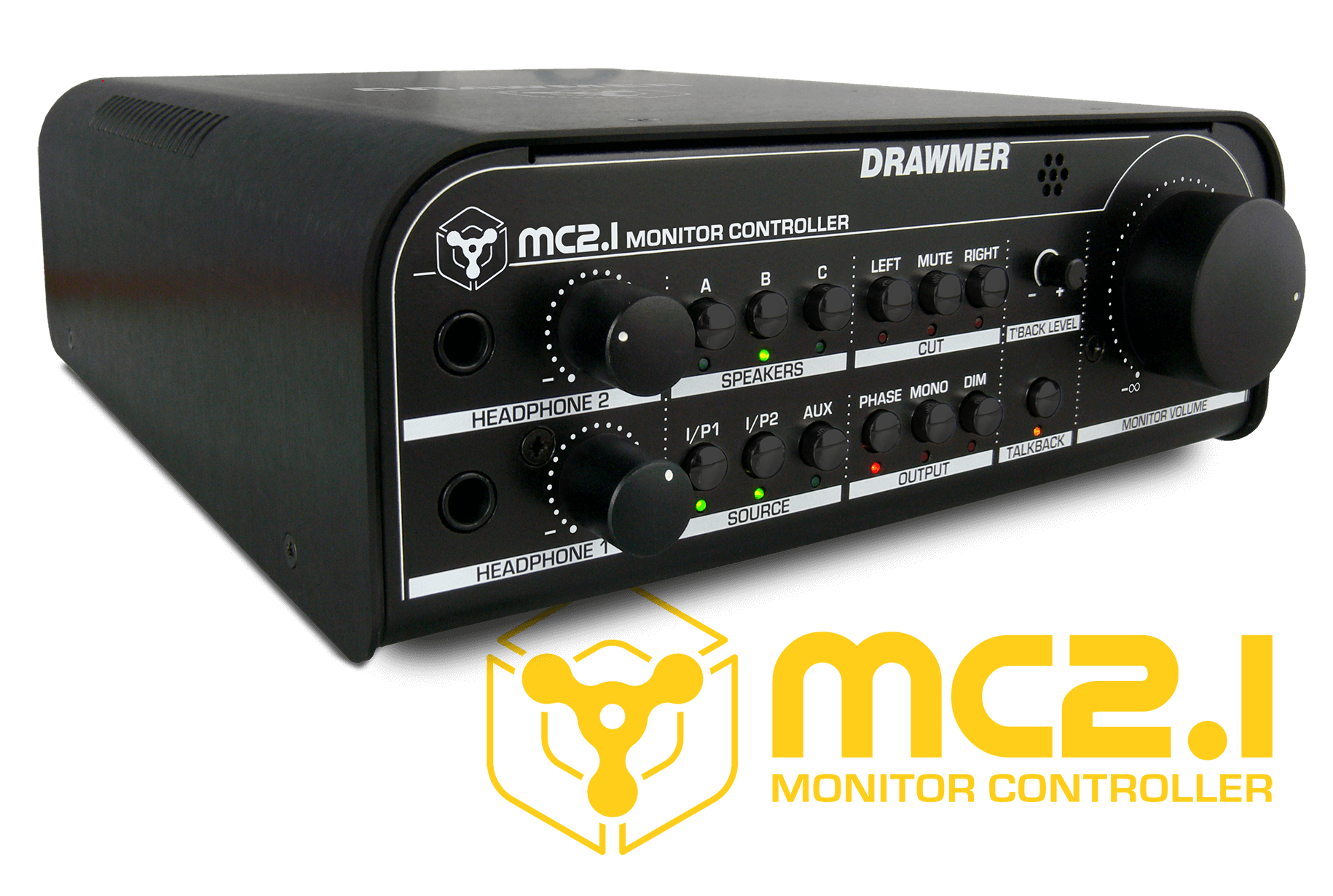
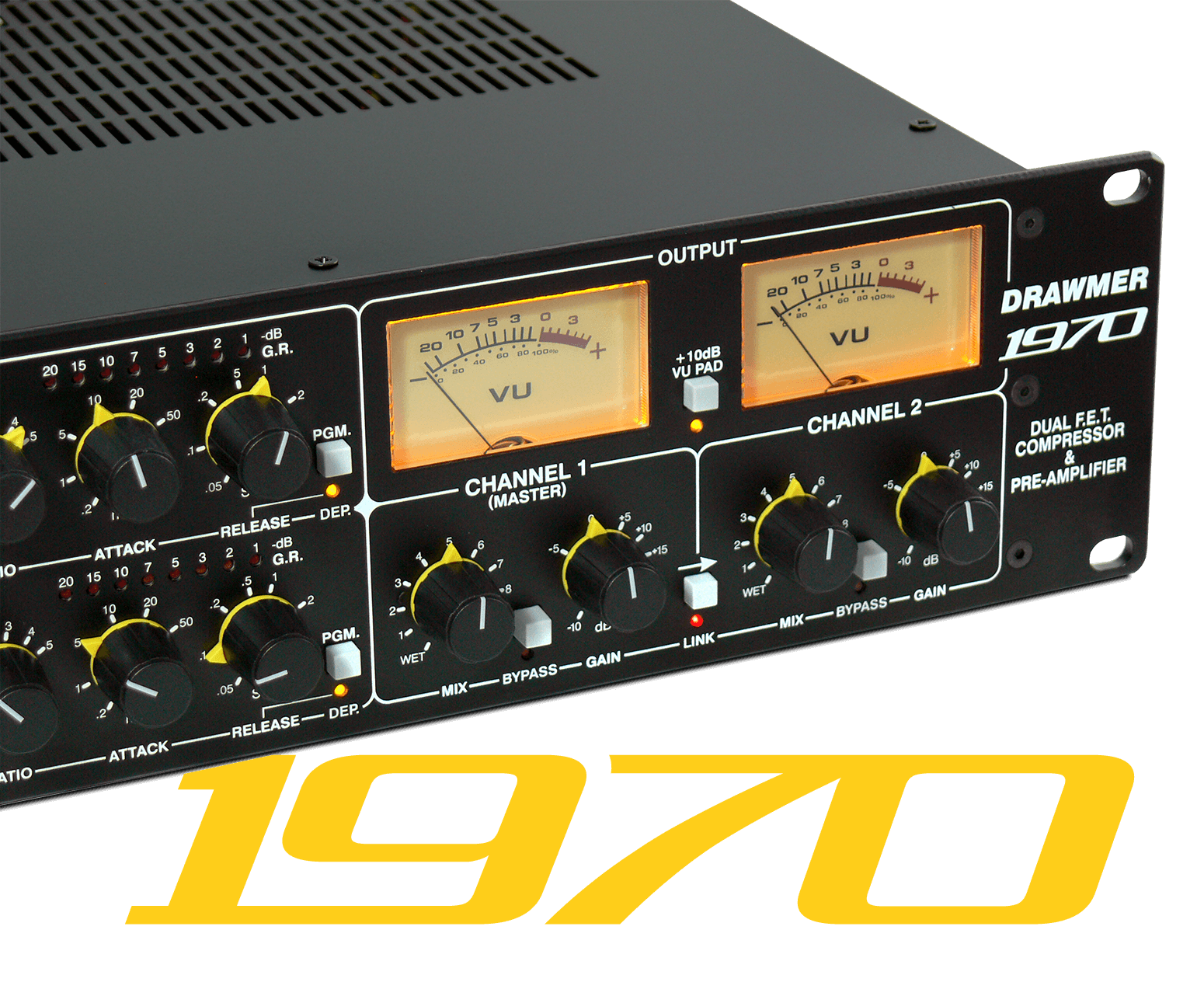
1970's
During this time, a problem with digital gear cropped up over and over: people were using DAW's for their convenience but found them too sterile. Ivor listened to the market and realised he could bring the 1960's range up to date to add vintage characteristics and analogue musicality and so the 1970's range was born: Analogue mic/line/instrument preamplifiers in the form of the 1970 (an up-to-date take on the 1960), 1972 dual pre-amp and 1977 channel strip, all with a multitude of unique features designed by Ivor, such as the Lift function and variable saturation; the highly renowned 1973 three-band stereo compressor, which was also translated into digital plug-in form, with Softube’s popular Drawmer 1973 Multi-Band Compressor and Drawmer S73 Intelligent Master Processor; the 1974 analogue parametric equaliser; multiband saturation and width with the 1976; and a tone shaping compressor to add character to a mix in the form of the 1978.
Ivor's Legacy
In his last years, Ivor's passion for better audio products didn't wane. Ivor never stopped coming up with new, improved designs. The Drawmer team would be throwing around ideas for new products or unique features and Ivor, in his 70's, would regularly go away and come back the next day with a circuit figured out. The (younger) team could not keep up and often had to ask Ivor to slow down.
In addition to his training and guidance, Ivor was happy to pass on his knowledge and has left the Drawmer design team with a plethora of audio circuits, prototypes and part-built concepts to work on in his absence, ensuring that Ivor's work will live on for years to come.
Drawmer Sponsorship
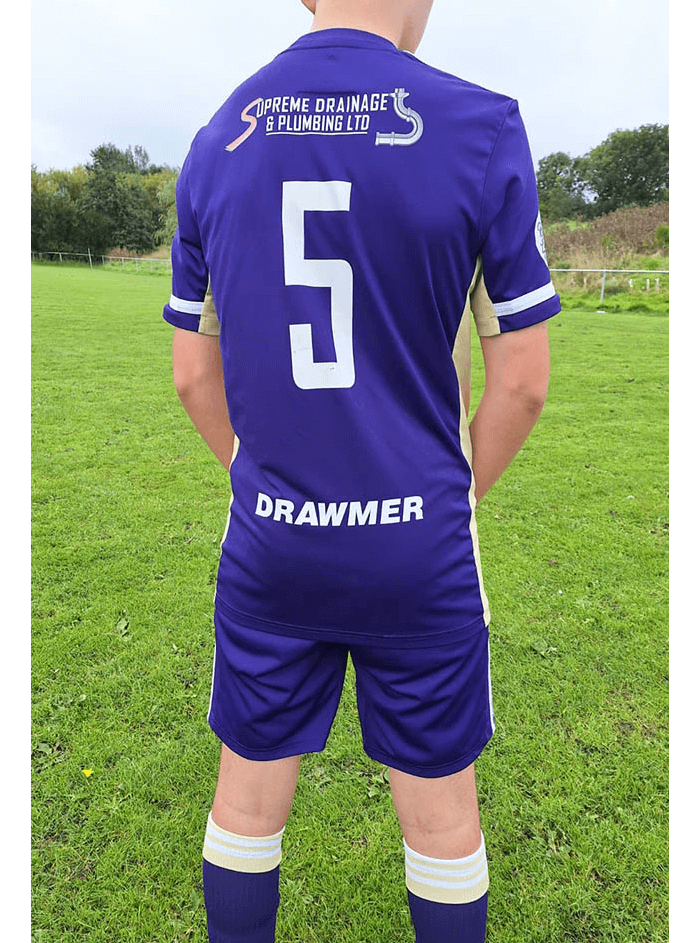 Drawmer Electronics is proud to be a sponsor of Ivor’s grandson's under 16’s football team, Leeds 28 Football Club!
Drawmer Electronics is proud to be a sponsor of Ivor’s grandson's under 16’s football team, Leeds 28 Football Club!
In honour of Ivor and a tribute to his hard work, his family are proud to watch Charlie and his team mates displaying the company name with pride on their kits.
APRS recognises Drawmer with Technical Achievement Award
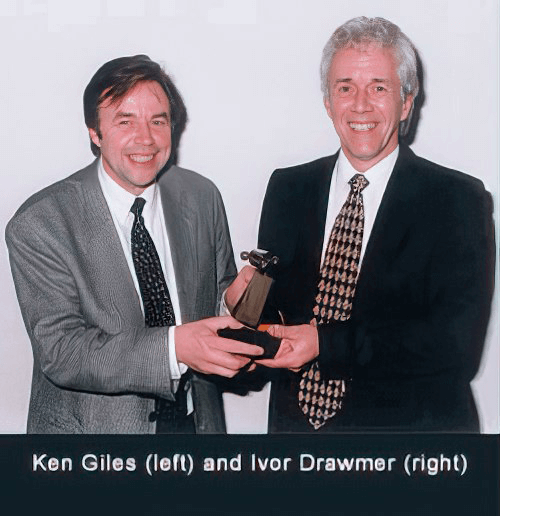 The influential contribution of Ivor Drawmer to pro-audio design over the last four decades was recognised in the UK by the APRS (Association of Professional Recording Studios), equivalent to SPARS (the Society of Professional Audio Recording Studios) in the USA. The Association bestowed upon him the coveted Award for Lifetime Technical Achievement to the Audio Industry, presented to him by none other than George Martin, a previous recipient.
The influential contribution of Ivor Drawmer to pro-audio design over the last four decades was recognised in the UK by the APRS (Association of Professional Recording Studios), equivalent to SPARS (the Society of Professional Audio Recording Studios) in the USA. The Association bestowed upon him the coveted Award for Lifetime Technical Achievement to the Audio Industry, presented to him by none other than George Martin, a previous recipient.
Ken Giles, former Drawmer Sales Principal, commented at the time of the award, "Ivor's designs have not only played a significant role in the way that signal processing has evolved, but have also shaped the product ranges of our competitors. His past achievements with analogue circuitry and leading-edge digital processing illustrates his versatility and make him a unique technical figure within our industry. There is no doubt that Drawmer's sound tools have not only been ahead of their time but have also stood the test of time."
Not bad for a self-taught pianist and electronics enthusiast from a sleepy island in the English Channel.
